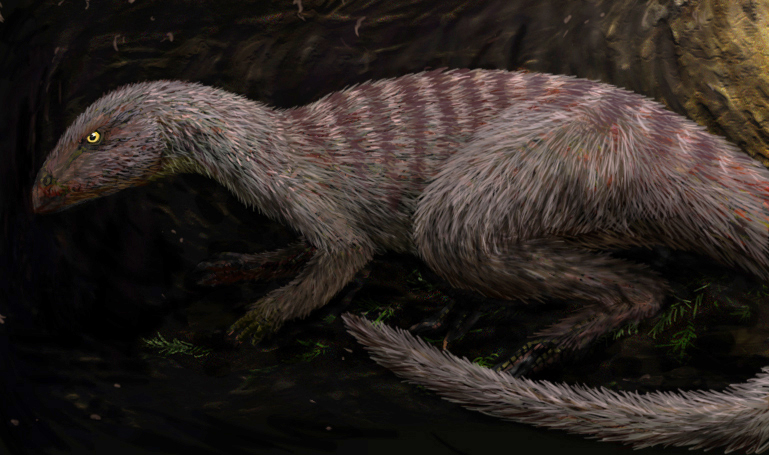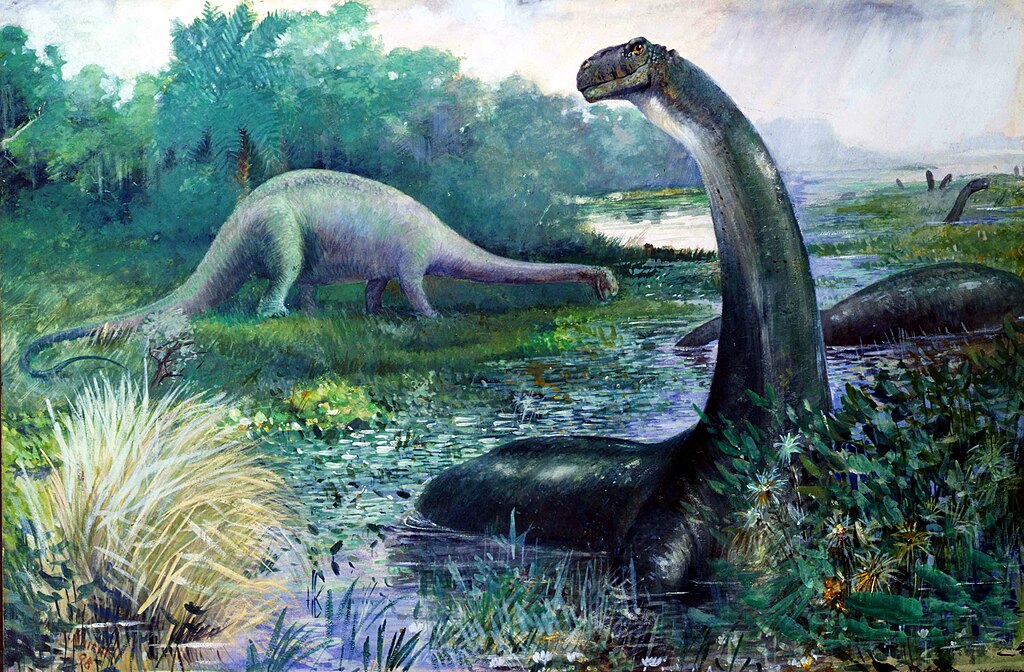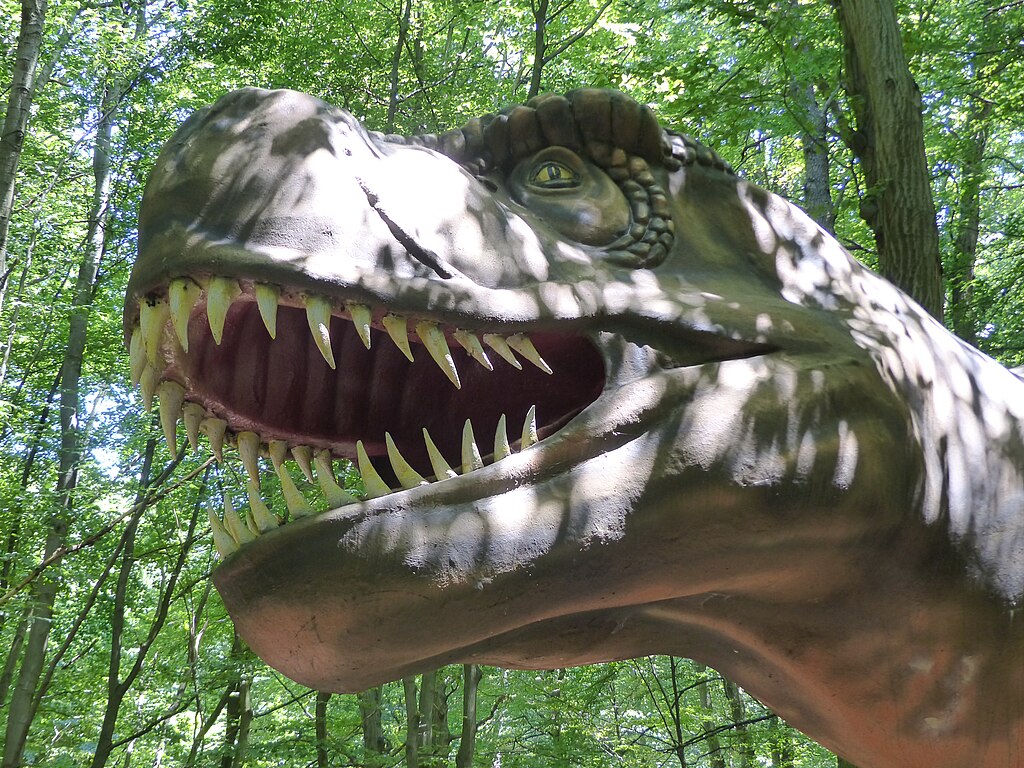The Jurassic period, spanning from approximately 201 to 145 million years ago, hosted an incredible diversity of dinosaur species ranging from massive sauropods to diminutive creatures the size of modern birds. While paleontologists have made remarkable strides in understanding dinosaur anatomy, behavior, and ecosystems, certain aspects of their daily lives remain shrouded in mystery. One particularly fascinating question concerns the potential nocturnal habits of the smallest Jurassic dinosaurs. Recent research suggests that some of these diminutive species may have evolved adaptations for nighttime activity, challenging the long-held assumption that all dinosaurs were strictly diurnal. This article explores the compelling evidence, ongoing debates, and fascinating implications of possible nocturnal behavior in the smallest dinosaurs of the Jurassic period.
The Diversity of Small Jurassic Dinosaurs
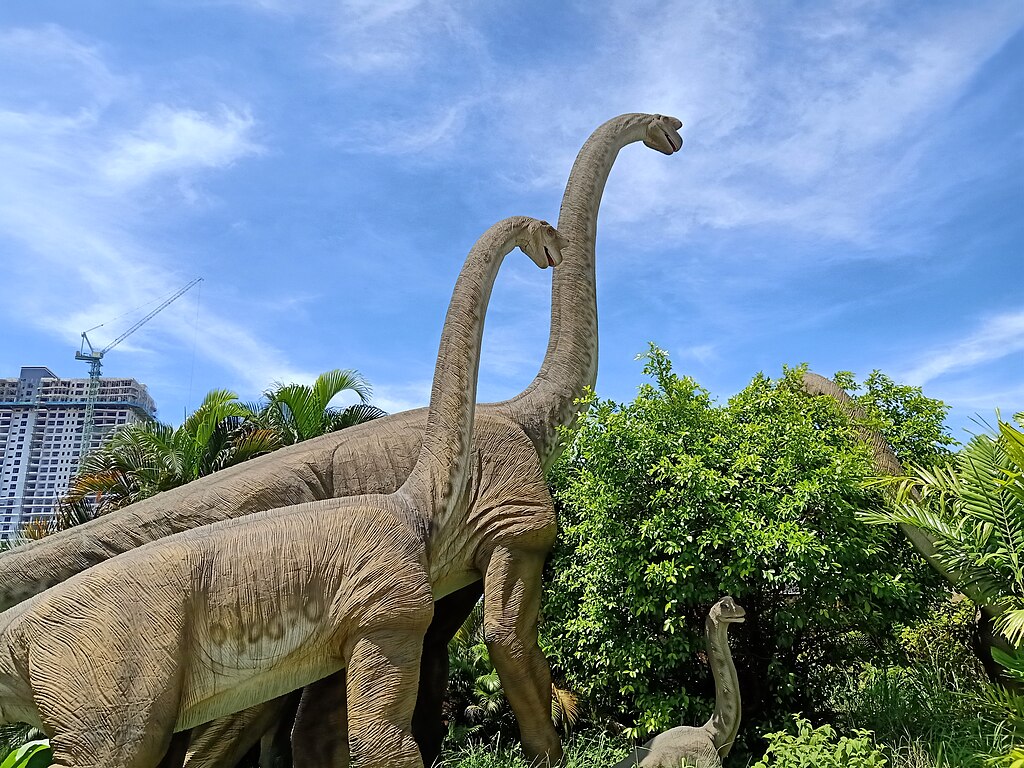
When we think of dinosaurs, our minds often conjure images of towering creatures like Brachiosaurus or fearsome predators like Allosaurus, but the Jurassic period hosted a remarkable variety of small dinosaur species. Among these miniature marvels were early avialans, small theropods, and diminutive ornithischians, some weighing less than a modern house cat. Specimens like Epidexipteryx, Anchiornis, and Heterodontosaurus represent some of the smallest known Jurassic dinosaurs, with body lengths often under a meter. These creatures occupied specific ecological niches within Jurassic ecosystems, potentially including nighttime activity periods that would have reduced competition with larger diurnal species. Their small size would have made them vulnerable to predation, potentially driving evolutionary adaptations for nocturnal lifestyles as a survival strategy.
The Challenges of Detecting Nocturnal Behavior in Fossils
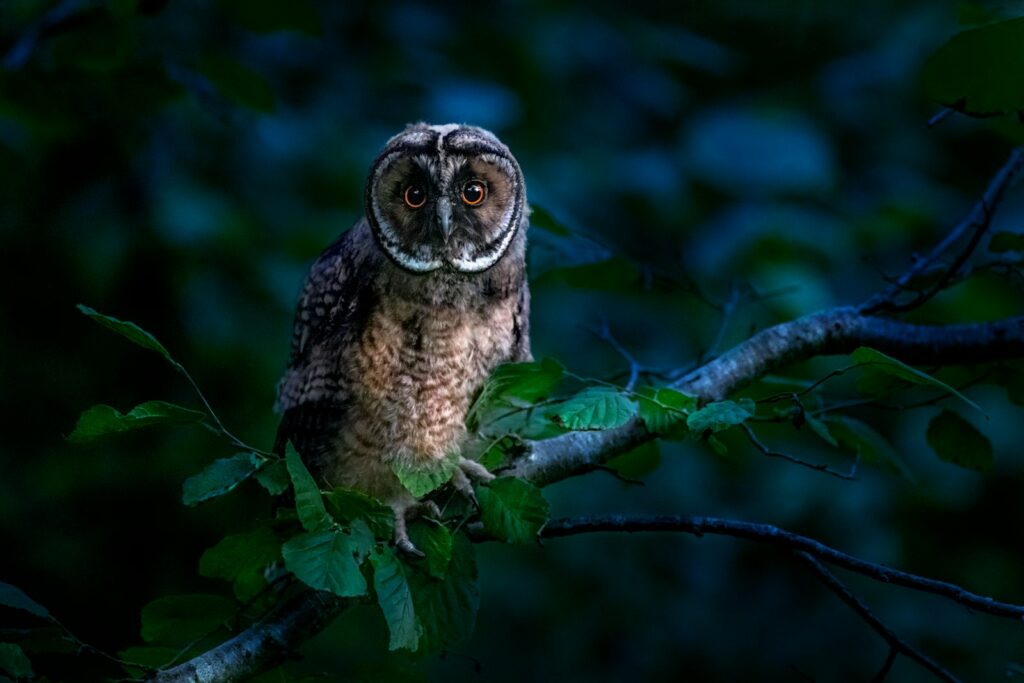
Determining the activity patterns of creatures that lived over 145 million years ago presents significant scientific challenges. Unlike modern animals that can be directly observed, paleontologists must rely on indirect evidence preserved in the fossil record to infer behavioral traits like nocturnality. Soft tissues that might indicate adaptations for night vision, such as specialized retinal structures, rarely survive the fossilization process. Scientists must instead examine skeletal features, particularly those of the eye socket and skull, to draw conclusions about sensory capabilities and potential activity patterns. Additionally, trace fossils like footprints can sometimes indicate when dinosaurs were active, though these rarely preserve information about the time of day they were made. Despite these limitations, paleontologists have developed sophisticated methods for inferring behavioral characteristics from available fossil evidence.
The Scleral Ring Evidence
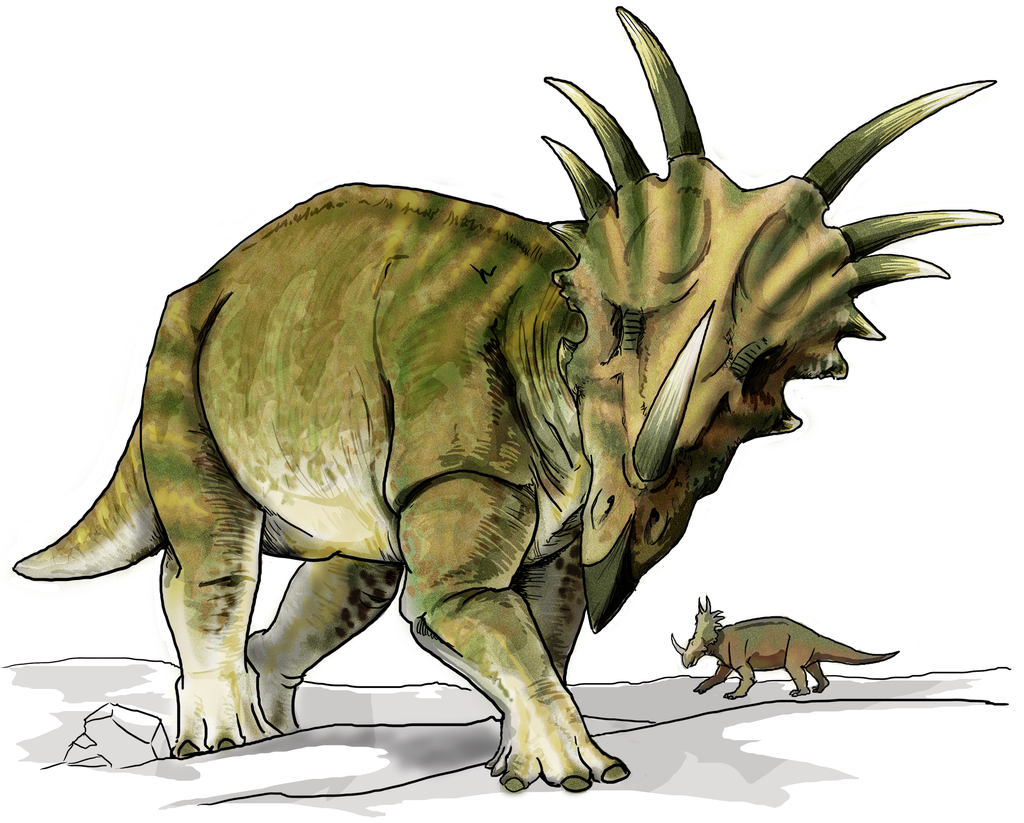
One of the most compelling lines of evidence for potential nocturnality comes from the study of scleral rings, bony structures that surrounded the eyes of many dinosaur species. These rings, when preserved in fossils, can provide valuable insights into the visual capabilities and likely activity patterns of extinct animals. Research published in Science in 2011 examined the scleral rings of various dinosaur species and found that some smaller theropods possessed proportions similar to those of modern nocturnal animals. The relative size of the eye opening compared to the ring itself can indicate light sensitivity, with larger openings suggesting adaptations for low-light conditions. Small dinosaurs with particularly large scleral apertures may have evolved these features specifically for navigating Jurassic landscapes after sunset, when larger predators might have been less active. This anatomical evidence represents one of the strongest indicators that some diminutive dinosaurs may have adopted nocturnal lifestyles.
Evolutionary Advantages of Nocturnal Behavior

Adopting a nocturnal lifestyle would have offered several significant evolutionary advantages to small Jurassic dinosaurs. Perhaps most importantly, nighttime activity would have allowed these vulnerable creatures to avoid many larger predators that likely hunted during daylight hours. This temporal niche partitioning would have reduced competition for resources with similar-sized diurnal species, potentially allowing access to food sources that remained relatively untapped during nighttime hours. Additionally, cooler nighttime temperatures might have provided thermoregulatory benefits for small-bodied animals in the warm Jurassic climate, reducing the risk of overheating during active periods. These selective pressures could have driven the evolution of specialized sensory adaptations for nocturnal activity in certain lineages of small dinosaurs, particularly those facing intense predation or competition during daylight hours.
The Case of Shuvuuia: A Model for Jurassic Nocturnal Adaptations?

While not from the Jurassic period itself, the small Cretaceous dinosaur Shuvuuia deserti provides a fascinating case study for potential nocturnal adaptations in diminutive dinosaurs. Research published in 2021 in Science revealed that this chicken-sized relative of Tyrannosaurus rex possessed extraordinary vision and hearing capabilities consistent with a nocturnal lifestyle. CT scans of Shuvuuia’s skull revealed an extremely large eye socket that could have accommodated an oversized eye for gathering light in dark conditions. Additionally, the dinosaur possessed a remarkably long cochlea, the part of the inner ear responsible for hearing, suggesting enhanced auditory capabilities useful for nighttime hunting. Though from a later period, Shuvuuia demonstrates that small theropod dinosaurs could indeed evolve specialized adaptations for nocturnal activity, lending credence to the possibility that similar adaptations may have existed in their Jurassic predecessors.
Modern Analogues: What Extant Animals Tell Us

Studying modern animals with known nocturnal habits provides valuable insights into the possible adaptations and behaviors of nocturnal Jurassic dinosaurs. Today’s nocturnal birds and reptiles, the closest living relatives to dinosaurs, display a range of specializations for nighttime activity that might have parallels in their Mesozoic ancestors. Owls, for instance, possess extremely large eyes relative to their skull size, specialized retinal structures for enhanced light sensitivity, and acute hearing that aids in locating prey in darkness. Similarly, many nocturnal lizards have vertical pupils that can open widely in low light conditions and specialized sensory organs for detecting prey without relying solely on vision. The ecological niches occupied by these modern nocturnal species could serve as models for understanding how small Jurassic dinosaurs might have adapted to and thrived in nighttime environments. These comparative studies help paleontologists develop testable hypotheses about ancient nocturnal behaviors that can then be investigated through fossil evidence.
Brain Structure and Sensory Adaptations

The brains of dinosaurs, while rarely preserved directly, sometimes leave impressions on the inside of the skull that can be studied using advanced imaging techniques like CT scanning. These endocasts provide clues about the relative size and development of different brain regions, potentially indicating sensory specializations that might suggest nocturnal habits. Small Jurassic dinosaurs with enlarged olfactory bulbs might have relied heavily on their sense of smell to navigate and locate food in low-light conditions. Similarly, enhanced development of the optic lobes could indicate sophisticated visual processing capabilities adapted for nighttime vision. Some small theropods show evidence of enlarged auditory regions that would have supported keen hearing, a crucial adaptation for nocturnal predators or prey species active in darkness. The integration of multiple sensory modalities would have been particularly important for small nocturnal dinosaurs navigating complex environments with limited visual information.
The Ecological Context of the Jurassic Period

Understanding the potential for nocturnal behavior requires considering the broader ecological context of the Jurassic period. This era featured warm, relatively stable climates with less pronounced seasonality than today, creating conditions where nighttime activity might have been energetically feasible year-round. Jurassic forests and undergrowth would have provided cover for small dinosaurs, with the complex vegetation creating a mosaic of light and shadow that might have favored the evolution of enhanced low-light vision. The Jurassic predator community included numerous medium to large theropods that would have posed significant threats to smaller dinosaur species during daylight hours. Paleoenvironmental reconstructions suggest that many Jurassic habitats would have supported rich nocturnal ecosystems, including diverse insect populations that could have served as prey for small, insectivorous dinosaurs active after dark. These ecological factors collectively created conditions where nocturnal specialization might have offered substantial adaptive advantages to the smallest dinosaur species.
Controversies and Competing Hypotheses

The question of nocturnal behavior in small Jurassic dinosaurs remains contentious within paleontological circles, with several competing hypotheses under consideration. Some researchers argue that the evidence for true nocturnality is still inconclusive, suggesting instead that many small dinosaurs might have been crepuscular—active primarily during dawn and dusk when light levels were intermediate. Others contend that apparent adaptations for low-light vision might actually represent specializations for different visual tasks, such as high visual acuity or color discrimination, rather than nocturnality specifically. Critics of the nocturnal hypothesis also point out that many modern reptiles, the closest living relatives to dinosaurs alongside birds, are predominantly diurnal, suggesting that the ancestral condition for dinosaurs might have favored daytime activity. These ongoing debates highlight the challenges inherent in reconstructing complex behavioral traits from fossil evidence and underscore the need for multiple lines of evidence when making inferences about the lives of extinct animals.
The Impact of Recent Technological Advances

Recent technological innovations have revolutionized paleontologists’ ability to investigate potential nocturnal adaptations in fossil dinosaurs. Advanced imaging techniques like synchrotron microtomography now allow researchers to examine the internal structures of fossilized skulls with unprecedented detail, revealing features like the shape and size of brain regions associated with different sensory modalities. Finite element analysis enables scientists to model how dinosaur eyes might have functioned under different lighting conditions, providing insights into their visual capabilities that were previously unattainable. Sophisticated statistical methods for comparing the sensory adaptations of extinct animals with those of modern species have greatly improved our ability to make informed inferences about ancient behaviors like nocturnality. These technological advances have opened new avenues for research into dinosaur sensory biology and behavior, allowing paleontologists to address questions that were once considered beyond the reach of scientific investigation.
The Evolution of Mammalian Nocturnality and Its Relationship to Dinosaurs

The evolution of nocturnality in early mammals during the Mesozoic era provides an interesting counterpoint to discussions of dinosaur activity patterns. Conventional wisdom suggests that early mammals adopted nocturnal lifestyles to avoid competition and predation from dinosaurs during the day, a hypothesis known as the “nocturnal bottleneck.” If some smaller dinosaurs were indeed nocturnal, this would complicate this traditional narrative, suggesting a more complex ecological relationship between early mammals and dinosaurs than previously thought. Recent research indicates that the earliest mammals possessed highly developed sensory adaptations for nocturnal activity, including acute hearing and olfaction, which would have brought them into direct competition with any nocturnal dinosaurs. This potential competitive interaction raises fascinating questions about how these different animal groups might have partitioned resources within shared nocturnal niches. Understanding the possible presence of nocturnal dinosaurs thus has important implications for interpreting the evolutionary history of mammals and the dynamics of Mesozoic ecosystems more broadly.
Implications for Understanding Dinosaur Behavior and Evolution

Recognizing the possibility of nocturnal behavior in small Jurassic dinosaurs fundamentally alters our understanding of dinosaur ecology and evolution. If confirmed, widespread nocturnality would indicate that dinosaurs were not simply dominant during daylight hours but had evolved to exploit the full 24-hour cycle, highlighting their extraordinary adaptability. This would require paleontologists to reconsider many aspects of dinosaur biology, from metabolic requirements to social behaviors, in the context of potential nighttime activity. The presence of nocturnal dinosaur species would suggest more complex ecological networks than previously recognized, with sophisticated patterns of temporal niche partitioning among different dinosaur groups. Furthermore, the evolution of nocturnal sensory adaptations in certain dinosaur lineages might represent an important precursor to features later elaborated in birds, potentially including the exceptional night vision capabilities seen in modern owls and other nocturnal avian species. These insights demonstrate how investigations into dinosaur activity patterns contribute to our broader understanding of their remarkable evolutionary success.
Future Research Directions

The question of nocturnality in small Jurassic dinosaurs opens numerous avenues for future scientific investigation. Expanded comparative studies of scleral rings across diverse dinosaur species could help establish more robust patterns correlating these structures with likely activity patterns. Development of new methods to analyze the microstructure of fossilized eye tissues might reveal cellular adaptations specifically associated with nocturnal vision in certain dinosaur groups. Field research focused on identifying potential feeding traces or other indicators of nighttime activity in the fossil record could provide direct evidence of nocturnal behavior. Sophisticated ecological modeling incorporating the possibility of nocturnal dinosaur species could generate testable predictions about community structure and resource partitioning in Jurassic ecosystems. As new specimens are discovered and analyzed using increasingly sophisticated techniques, our understanding of dinosaur sensory capabilities and activity patterns will continue to evolve, potentially strengthening the case for nocturnal behavior in the smallest dinosaurs of the Jurassic period.
Conclusion
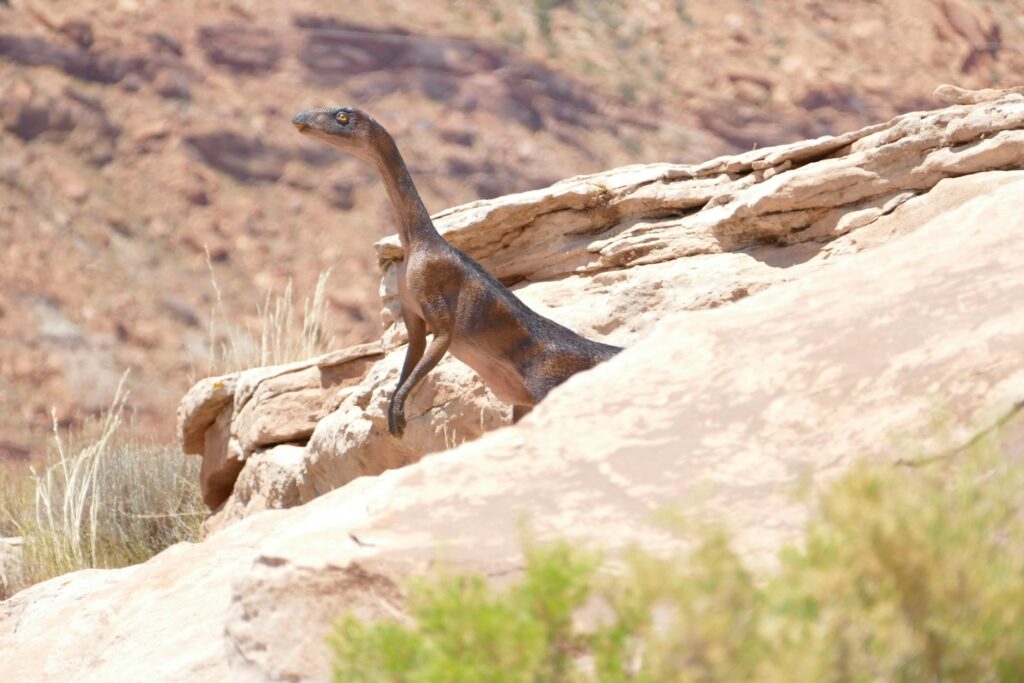
The possibility that some of the smallest dinosaurs of the Jurassic period may have been nocturnal represents a fascinating frontier in paleontological research. While definitive proof remains elusive, multiple lines of evidence—from scleral ring morphology to brain structure and ecological context—suggest that at least some diminutive dinosaur species may have evolved adaptations for nighttime activity. This potential behavioral diversity challenges traditional views of dinosaur ecology and highlights the remarkable adaptability that contributed to their evolutionary success across millions of years. As technology advances and new fossils emerge, researchers continue to refine our understanding of these ancient creatures’ sensory capabilities and activity patterns. Whether hunting insects in the moonlight or navigating through darkened Jurassic forests, nocturnal dinosaurs would have experienced a dramatically different world than their diurnal counterparts, adding yet another dimension to the already fascinating story of dinosaur evolution.


